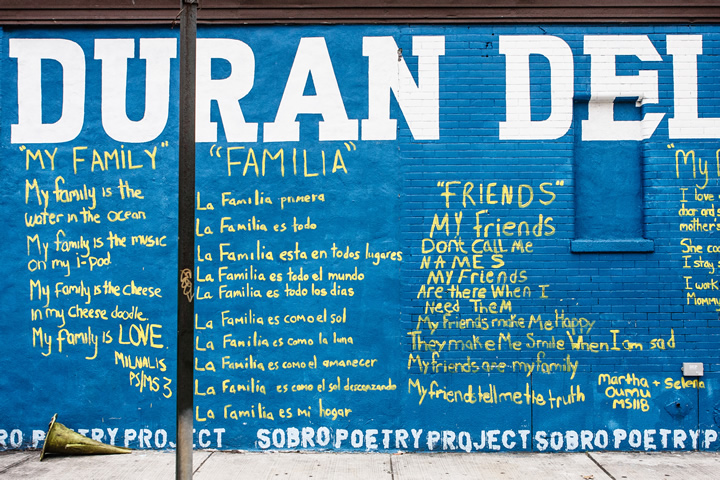One of the absolute BEST things about New York City is the abundance and variety of food. You can get all sorts of cultural cuisine just in the radius of one block—I can guarantee you’ll never be bored with your options! The tricky thing is that very few people can afford to eat out or order delivery every day, so I’ve come up with a few helpful options for you that will help you sort out your dining budget without sacrificing the rich culinary culture in the Big Apple.
1. Purchase your kitchen staples
Before you even explore restaurants and trendy, cultural neighborhoods for new and exciting food, make a list of your favorite basic at-home foods. For me, cold cereal and pasta are my go-to meals when I’m at home. These are easy to make, fairly cheap, and I’m always in the mood for these items if I’m hungry but too lazy or broke to explore other options. With this in mind, I make it a point to ensure I always have these ingredients at home. Try and make your own list of kitchen “must haves” without using your English dictionary, then head to your closest grocery store or bodega and pick up these staple items. You’ll already feel one step ahead of the game once you have some basics in your kitchen. Knowing that you have “rainy day” ingredients will be enough to convince you to stay in more often and eat at home.
2. Next, pick up your luxury items
Once you have the above basics in your cupboards, make another list of items that you might consider “luxury items” from the grocery store. For me, these are things that I don’t necessarily need, but things that I would want on a special occasion. For example, apples are my favorite fruit, but when they’re not in season, they can be a bit pricey. So I’ll add these to my luxury list. I know I don’t need them, but I also know that if I have them at home, I’ll eat each and every single one! Again, this will deter me from spending my precious money on steep delivery fees when I’m tempted to order take-out. Again, try making this list without referring to your dictionary; then when you hit the grocery store or the bodega, trust your own list, find the aisles without your apps, and see what happens! Even if you buy something incorrectly or purchase something that wasn’t on your list, you’ll have something new and different to try out!
3. Now make the FUN list!
Now that your kitchen is fully stocked with your dream pantry, you can figure how much money you have left over to try food beyond the grocery store limits. Maybe you’re dying to head to Little Italy to see what great cuisines they have to offer, or maybe you’re fiending for some Polish food, so you make a list of great places to try in Queens. Making these lists will help you come up with a game plan for travel, spending, and limits. The great thing about technology these days is that apps like Yelp provide reviews of these eateries, and most locations have their menus online. Again, this can help you pick out what you want before you arrive—this way, you’ll already know the components in each dish, how much it costs, and what other people have thought about the dishes and the experience. Plus, by having this plan of attack beforehand, you can practice your English vocabulary for both food-related words as well as conversational pieces with your fellow diners as well as your waiter or waitress. There’s no better way to put your English practice to use than real world application!
If you plan these purchases in advance, both with groceries and dining out, it can be close to impossible to experience any spending surprises. Of course, there will be meal spending that is almost unavoidable, like perhaps a friend’s birthday dinner, or maybe a snowstorm delayed your grocery shopping plans for a few days, so takeout is the most practical option. But in my experience, if you put your food spending on a practical plan like this one, you’ll avoid spending too much on food yet still allow yourself the cultural culinary experience that makes New York City such a wonderful place to be.












